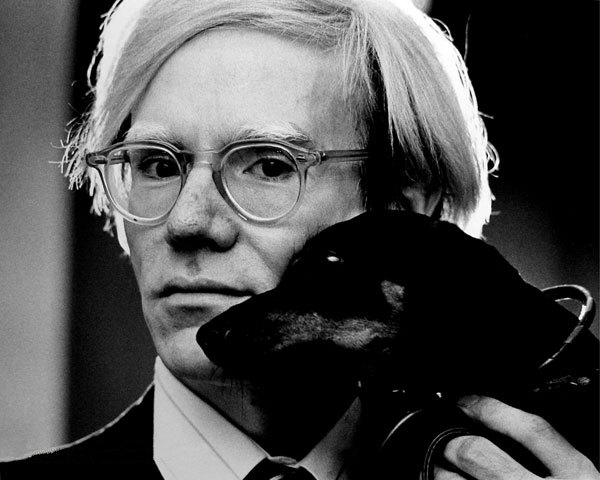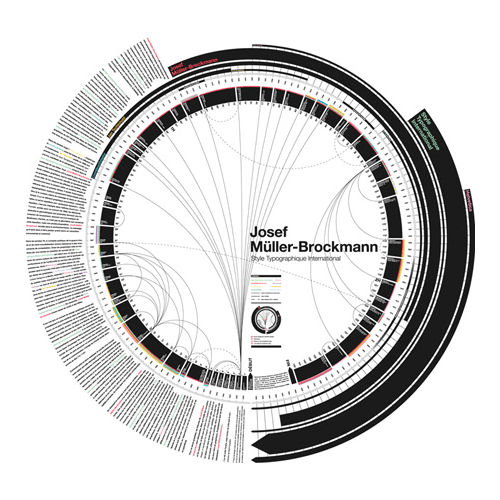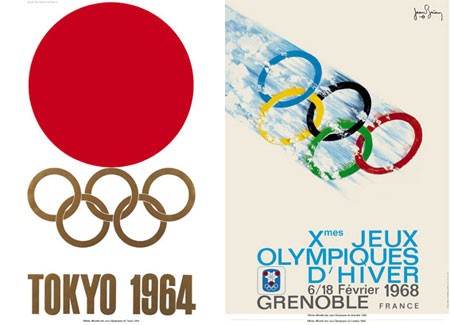Op art or Optical art was a new style of art which developed out of the United States in the 1960’s. Op Arts invention of new abstract designs was inspired by the desire to create an art which relied on the use of optical illusions which would guide the eye and provided a distorted abstract expression. The use of optical illusions intent was to fool the viewer’s eyes. The Op artists were highly influenced by psychology and how the human brain worked.
 |
| n |
The main influences of the style Neo-impressionism, Cubism, Futurism, Constructivism and Dada. Op art also was influenced from Trompe-l'œil and Anamorphosis elements.Victor Vasarely was the main figure who pioneered the movement with his 1938 painting Zebra. Important artist in the movment include Frank Stella and Ellsworth Kelly, Alexander Liberman, , Victor Vasarely, Richard Anuszkiewicz, Wen-Ying Tsai, and Bridget Riley whose art contributed immensely to the movement.
CARACTERISITCS
• First and foremost, Op Art exists to fool the eye. Op compositions create a sort of visual tension, in the viewer's mind, that gives works the illusion of movement.
• geometrically-based nature, Op Art is, almost without exception, non-representational.
• The elements employed (color, line and shape) are carefully chosen to achieve maximum effect.
• perspective and careful juxtaposition of color
• positive and negative spaces in a composition are of equal importance. Op Art could not be created without both.
• Op Art represents a great deal of math, planning and technical skill
 |
| BRIDGETE RIELEY |
REFERENCES
http://www.tfaoi.com/aa/7aa/7aa990.htm
http://arthistory.about.com/cs/arthistory10one/a/op_art.htm
http://www.artlex.com/ArtLex/o/opart.html
The Thames and Hudson
Dictionary of Graphic design and Designers
1992-98 Thames and Hudson Ltd, London UK
All accessed 24/1/2014 1100































